The iconic LC collection
Today, we are going to highlight the story underlying the creation of the legendary “LC” collection by the iconic designer trio of the midcentury epoque: Pierre Jeanneret, Le Corbusier and Charlotte Perriand. The LC2 armchair and the LC4 chaise-longue are undoubtedly one of the most recognizable symbols of 20th century modernism. Even today, nine decades later, these design items still look extravagant and modern, and are sought-after by design collectors worldwide.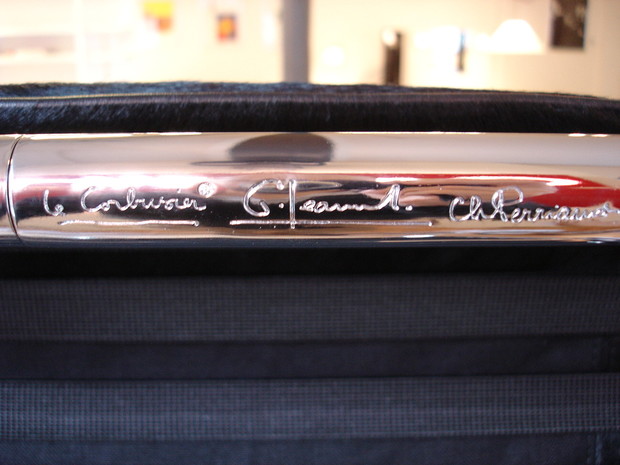

Initially, the collection was made in 1928 for the French Villa “Church” designed by Le Corbusier. It was then that Le Corbusier began to get interested in and involved with object design with his cousin Pierre and his colleague Charlotte Perriand. And in 1929, the collection was presented at the autumn exhibition in Paris Salon DAutomne, where the chaise-longue and armchairs were called relaxation machines” and became famous all over the world.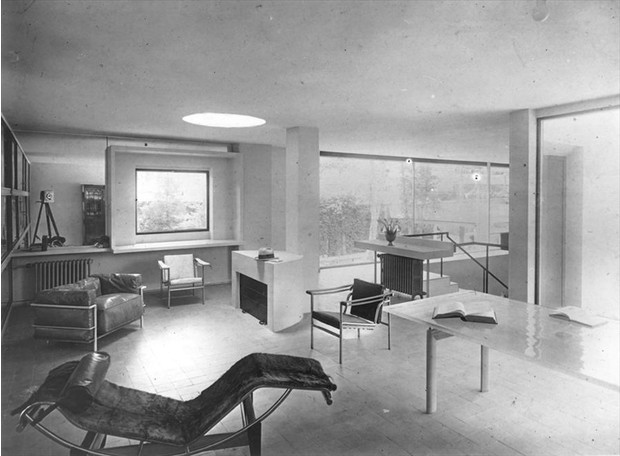

Last week, we revealed the secret that the “LC” collection is actually named after the initials of the legendary Le Corbusier, although it was created in collaboration with Pierre Jeanneret and Charlotte Perriand. Indeed, the aim of the LC collection was to design pieces of furniture that were ideal for complete physical and emotional relaxation. While working on the objects, Le Corbusier successfully applied his Modular architectural philosophy, which puts human needs at the centre of each design project.
Looking at the soft curves of the LC4s chaise-longue, it becomes clear why it was called the relaxation machine. The chaise longue consists of two main parts: a bottom frame made by seamless welding and an upper movable frame, which serves as the base for the mattress made of genuine leather. Its upper part is supported by two semicircular pipes, which allow the user to freely adjust the angle of the chair; from vertical to full recline. Following Le Corbusier’s philosophy of human centric design, the adjustable frame is made of chrome-plated curved steel tubes that are shaped to exactly match the curves of the human body. Moreover, the modernistic design of the chaise-longue obeys to the main principle of functional design: ergonomics, where the furniture serves as an extension of the human body satisfying basic human needs for relaxation.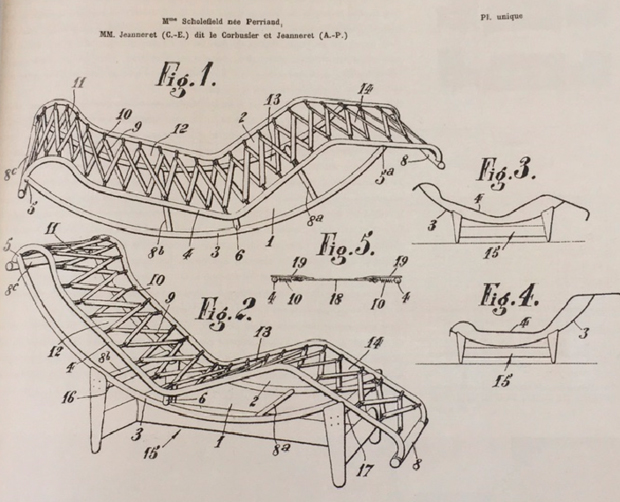
Looking at the soft curves of the LC4s chaise-longue, it becomes clear why it was called the relaxation machine. The chaise longue consists of two main parts: a bottom frame made by seamless welding and an upper movable frame, which serves as the base for the mattress made of genuine leather. Its upper part is supported by two semicircular pipes, which allow the user to freely adjust the angle of the chair; from vertical to full recline. Following Le Corbusier’s philosophy of human centric design, the adjustable frame is made of chrome-plated curved steel tubes that are shaped to exactly match the curves of the human body. Moreover, the modernistic design of the chaise-longue obeys to the main principle of functional design: ergonomics, where the furniture serves as an extension of the human body satisfying basic human needs for relaxation.

A popular legend tells that when creating the chair, Le Corbusier imagined a cowboy relaxing and smoking a pipe by the fireplace, and from this image sprung the idea of creating a comfortable, adjustable mattress made of genuine leather, pony skin, or spotted cow.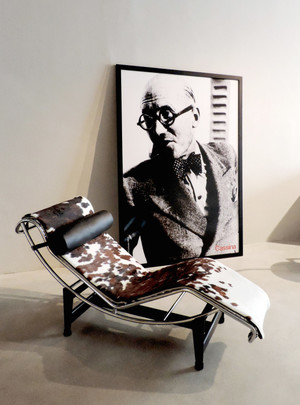

It is important to mention that Le Corbusier has always been a critic of bright decors and unnecessary details. In his understanding, the house was conceived as a machine for life in which each piece of furniture must play its proper role. Following this philosophy, according to Le Corbusier, chairs are architecture, and sofas are bourgeois!. At that time of his career, bourgeois clearly meant any useless or unnecessary interference with the true purpose of the interior. He always favored sharp lines, simplistic designs and neutral palettes over extensive decor and handcrafted furniture, and this vision of product design is evident in the items from the LC collection.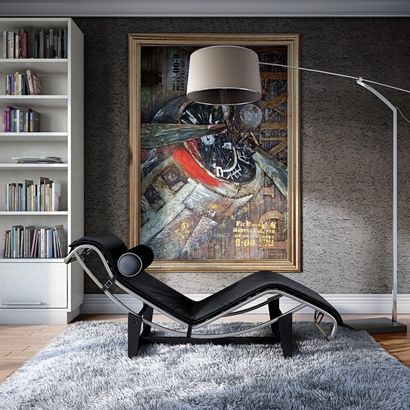

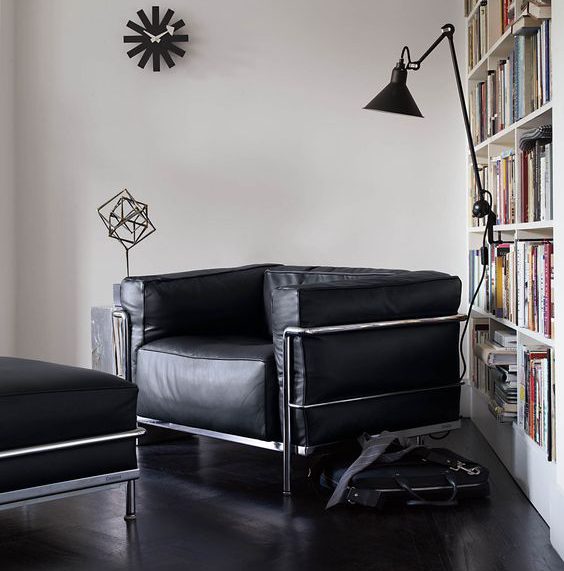 Since 1965, the armchair and chaise-longue have been produced exclusively by the renowned Cassina factory. It was with these items from the “LC” collection that the factory began to produce its series “I Maestri” (from Italian: masters), which includes the main works of the legendary designers of the 20th century. In 2017, the factory released a limited edition LC4 upholstered in South American leathers to commemorate Charlotte’s and Le Corbusiers frequent travels to the region.
Since 1965, the armchair and chaise-longue have been produced exclusively by the renowned Cassina factory. It was with these items from the “LC” collection that the factory began to produce its series “I Maestri” (from Italian: masters), which includes the main works of the legendary designers of the 20th century. In 2017, the factory released a limited edition LC4 upholstered in South American leathers to commemorate Charlotte’s and Le Corbusiers frequent travels to the region.
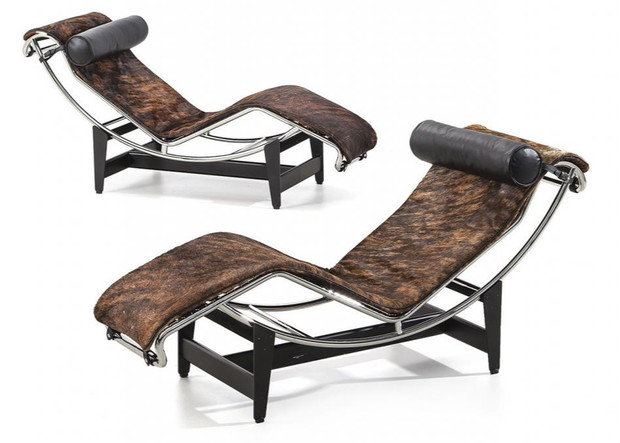 Also, the LC4 chaise-longue was part of the famous office of Roger Sterling, the protagonist of the popular TV show Mad Men. It was there that the chaise-longue played the role of the “relaxation machine” that helped Roger Sterling to relax and think of how to get out of some of the most difficult plot intrigues in the show.
Also, the LC4 chaise-longue was part of the famous office of Roger Sterling, the protagonist of the popular TV show Mad Men. It was there that the chaise-longue played the role of the “relaxation machine” that helped Roger Sterling to relax and think of how to get out of some of the most difficult plot intrigues in the show.
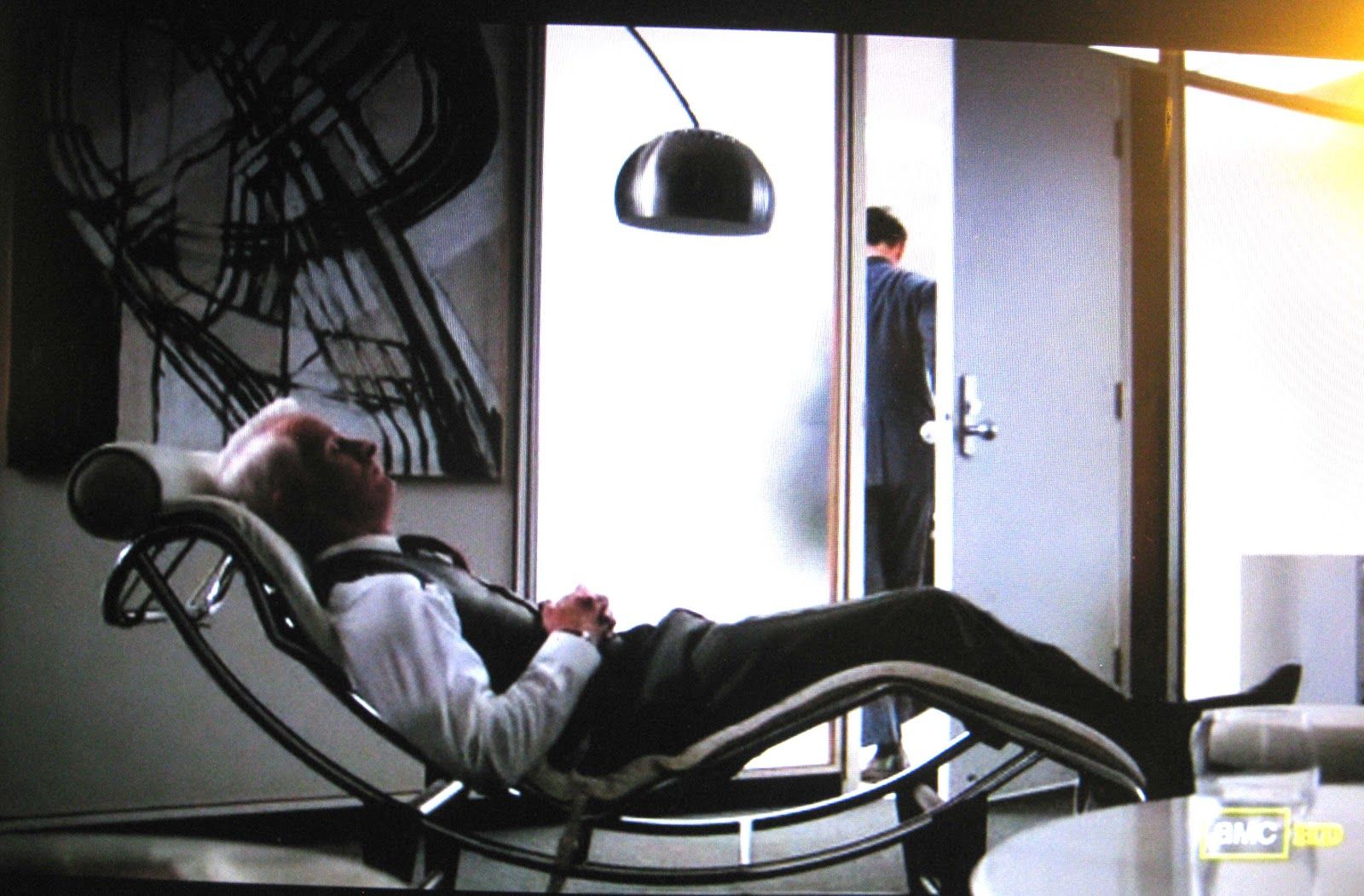 “Although the design of our chairs was directly related to the position of the human body... they also meet the requirements of architecture, design and prestige,” said Charlotte Perriand. Indeed, items from the LC collection not only satisfy the physiological needs of a person, but also satisfy the most refined tastes of any aesthete. It is unsurprising therefore that the chaise- longue has become part of the permanent collection of the Museum of Modern Art in New York, the Victoria and Albert Museum in London and the Vitra Design Museum.
“Although the design of our chairs was directly related to the position of the human body... they also meet the requirements of architecture, design and prestige,” said Charlotte Perriand. Indeed, items from the LC collection not only satisfy the physiological needs of a person, but also satisfy the most refined tastes of any aesthete. It is unsurprising therefore that the chaise- longue has become part of the permanent collection of the Museum of Modern Art in New York, the Victoria and Albert Museum in London and the Vitra Design Museum.